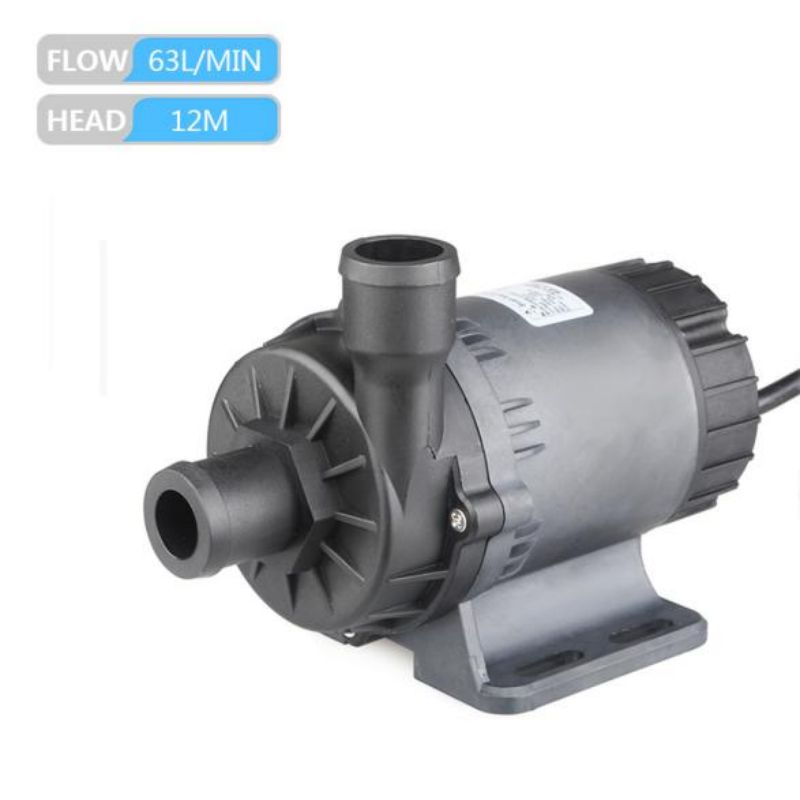1、What is the working principle or process of the cooling water circulation system of central air conditioning?
Taking the cooling tower as an example: The cooling water at a lower temperature from the cooling tower is pressurized by a cooling pump and sent to the chiller unit, taking away the heat from the condenser. The temperature rises and is then sent to the cooling tower for spraying. Due to the rotation of the cooling tower fan, the cooling water continuously exchanges heat and moisture with the outdoor air during the spraying process, and cools. The cooled water falls into the cooling tower's water storage tray, Then it is pressurized again by the cooling pump and enters the next cycle. This is its process, and the principle is also very simple, it is a process of heat exchange, which is the same as our radiator heating.
2、What do I know about the main engine, water pump, and pipeline network? Is there anything else I need?
The central air conditioning system can generally be divided into: host, conveying equipment, pipeline network, end devices, and electrical systems, as well as cooling (freezing) media, water treatment systems, and so on.
3、What is the relationship between a water pump and a motor?
A motor is a device that converts electricity into mechanical force. In the manufacturing process, the water pump and motor are often installed together. When the motor rotates, it drives the water pump to rotate, thereby achieving the purpose of conveying the medium.
4、Water enters the host, undergoes temperature treatment, enters the water pump, and then goes through the pipeline network to various cooling rooms?
This depends on the medium you choose for the final heat exchange. If it is a high-quality natural lake (water), when its water quality meets the requirements, you can completely introduce it into the end system without using a host, but this situation is relatively rare. Generally speaking, an intermediate unit is needed to convert and transfer heat. In other words, the chilled water circulation system to the user end and the cooling water system to the exchange source belong to two independent systems, which are unrelated to each other.
5、How does water come back?
For systems with refrigeration units, the chilled water system (user end pipeline circulation system) is added by people. Before adding it, water quality treatment is usually carried out, and there is a constant pressure water replenishment device to maintain the water volume and pressure in the pipeline network;
On the other side, the cooling water system is quite complex, with some using artificial measures, others using natural water quality directly, such as lakes, rivers, groundwater, and even tap water.
6、What is a motor used for?
The function of the motor has already been mentioned earlier, including the power source of the main engine, which is usually provided by electricity. Without the motor, the setting for converting electrical energy into mechanical energy is impossible.
7、Is it the motor that makes the water pump run?
Yes, it's the motor that runs the water pump.
8、Or for other purposes?
In addition to water pumps, most hosts also need to use motors to provide mechanical energy.
9、How does it work if it is air-cooled or added with some ethylene glycol?
Our usual household air conditioners are air-cooled, and their refrigeration principle is the same (except for direct combustion units). However, based on different cooling sources, we divide them into air source (air-cooled), ground source (including soil source and groundwater source), and water source. The main purpose of ethylene glycol is to lower the freezing point and ensure the normal operation of the cooling system below zero degrees Celsius. If it is replaced with water, it will freeze.
Post time: Jan-06-2024








